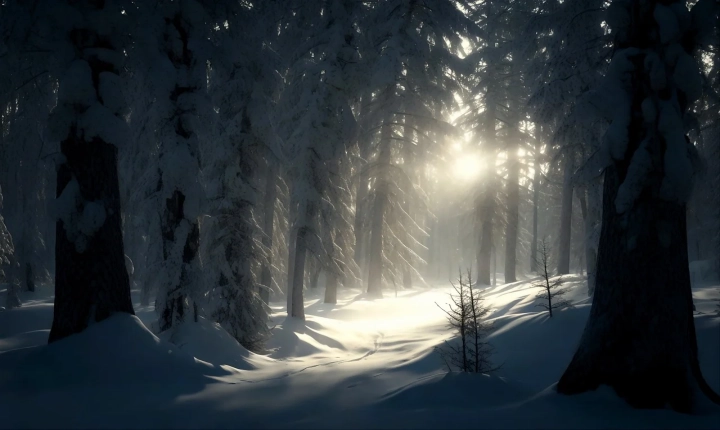Artificial Intelligence (AI) has been making significant strides in the artistic world, revolutionizing the way artists work and create. From generating new forms of art to assisting in the creative process, AI has become an indispensable tool for many artists across various mediums.
One of the most prominent ways in which artists are using AI is through the creation of original artwork. Generative adversarial networks (GANs), a type of AI algorithm, have enabled artists to generate new and unique pieces of art by feeding the algorithm a dataset of existing artwork. The AI then synthesizes this data to produce entirely new and original creations that push the boundaries of what is possible in art. This has opened up a whole new realm of possibilities for artists who are looking to explore new styles and forms.
Additionally, AI has also proven to be a valuable tool in aiding artists in the creative process. For example, AI-powered software can analyze large datasets of artwork to provide artists with inspiration and insights into new artistic directions. This form of AI can help artists discover new trends, styles, and techniques, providing a wealth of knowledge that can inform and influence their work.
Furthermore, AI has found applications in the field of music composition. Through the use of algorithms that can understand and mimic musical patterns, AI is being used to create new compositions. This has led to the creation of entirely new musical pieces that reflect a blend of human creativity and AI capabilities, offering a fresh perspective on musical composition.
In the realm of design, AI has been used to assist artists in creating compelling visual content. AI-powered tools can help designers generate sophisticated patterns, color schemes, and typography, streamlining the design process and freeing up artists to focus on more complex and creative aspects of their work.
However, as with any technological advancement, the use of AI in art is not without its controversies and ethical considerations. Some argue that AI-generated art may lack the emotional depth and human experience that is often associated with traditional art. There are also concerns about the potential loss of human creativity and originality if AI becomes too dominant in the art world.
Despite these concerns, the integration of AI into artistic practices continues to evolve and expand. The collaboration between human artists and AI has the potential to bring about innovative and groundbreaking works of art that may not have been possible otherwise. As technology advances, it will be fascinating to see how artists continue to push the boundaries of creativity and expression with the help of AI.
In conclusion, the use of AI in the art world is rapidly changing the landscape of artistic expression. From generating new forms of art to aiding in the creative process, artists are finding innovative ways to incorporate AI into their work. This collaboration between human creativity and AI capabilities is opening up new possibilities and pushing the boundaries of what is achievable in the realm of art. As AI continues to advance, it is likely that we will see even more remarkable breakthroughs and contributions from artists using this technology.
